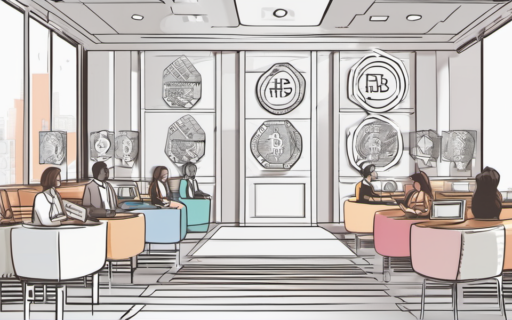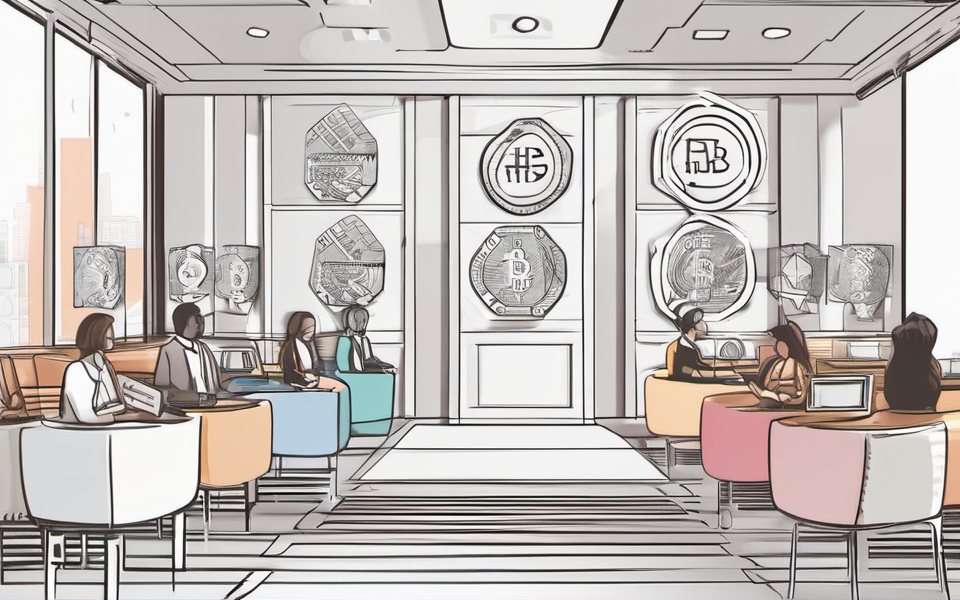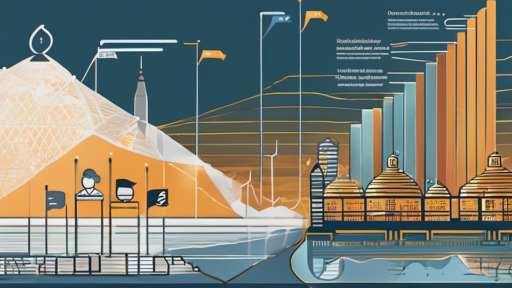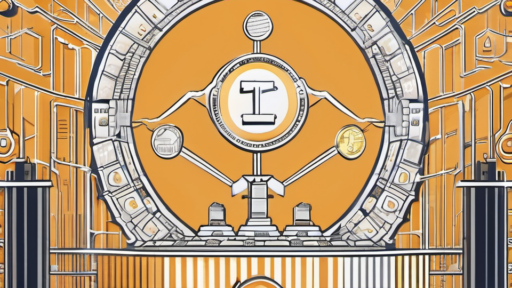Have you ever thought about how blockchain technology could be used to fix real-world problems? It’s not just about buying and selling cryptocurrencies, you know. It can be used to make a positive impact in areas like social good, supply chain management, and healthcare. Ready to dive into the world of cryptocurrency solutions? Buckle up, because we’re about to explore five mind-blowing ideas that are using blockchain to solve some of the world’s biggest challenges!
Making a Difference: Social Impact with Blockchain
Let’s be honest, we’ve all seen those sad stories about charitable donations getting lost in red tape or ending up in the wrong hands. But what if there was a way to make sure every single dollar donated went straight to where it was supposed to? This is where blockchain-based philanthropy comes in! Imagine a system where donors can track their donations in real-time, ensuring their money is used effectively to address the issues they care about.
Transparency and Trust in Charitable Donations
One of the most compelling aspects of blockchain technology is its transparency. Every single transaction is recorded on a public ledger, making it impossible to hide or mismanage funds. Think of it like a digital trail that everyone can follow. This inherent transparency builds trust among all parties involved: the donors, the charities, and the beneficiaries.
Direct Impact for Real-World Problems
Forget about inefficient intermediaries and complicated bureaucracy. Blockchain-based platforms can facilitate direct, secure, and efficient transactions between donors and beneficiaries. By cutting out the middleman, these platforms reduce overhead costs, enabling more resources to go directly towards making a difference.
Take a look at this table for a quick breakdown of how blockchain empowers social good initiatives:
| Feature | Traditional Charities | Blockchain Charities |
|—|—|—|
| Transparency | Limited visibility into where funds go | Public and transparent ledger |
| Efficiency | Overhead costs associated with middlemen | Reduced administrative costs |
| Accountability | Audits may be difficult or limited | Clear and verifiable trail of transactions |
| Security | Vulnerability to fraud | Encrypted and secure environment |
Real-World Examples of Blockchain for Good
You might be thinking, “This sounds great, but are there any real examples of blockchain technology being used for social good?” Absolutely! There are a growing number of non-profit organizations adopting blockchain solutions for:
- Education: Platforms like Learn and Earn are leveraging blockchain to ensure that educational resources are accessible to students in underserved communities.
- Disaster relief: Chainlink has played a role in collecting donations and ensuring their transparency and effectiveness after natural disasters.
- Environmental conservation: ClimateCoin has implemented a carbon-offsetting program using blockchain technology.
Transforming Supply Chains with Blockchain
Have you ever wondered about the journey your coffee beans take from the farm to your morning cup? It’s quite a trip, and supply chain management has traditionally been complex and challenging. But imagine a system that provides complete visibility into every step of the process, making it easier than ever to trace products from their origins to their final destinations. This is the power of blockchain for supply chains!
Enhancing Transparency and Traceability
One of the most powerful aspects of blockchain is its ability to track and trace goods throughout their journey. Every step of the supply chain is recorded on a decentralized, secure ledger. This level of transparency is invaluable for several reasons:
- Increased Consumer Trust: Consumers can confidently know where their products are coming from, enhancing trust in brands and products.
- Fraud Detection: Counterfeit products can be easily identified, combating the illicit trade of fake goods.
- Quality Control: Blockchain technology can record data about the quality of goods during production, handling, and storage.
Efficiency and Collaboration
By bringing together various stakeholders in the supply chain, blockchain technology can create a collaborative ecosystem. Data can be shared efficiently, enabling improved decision-making and increased operational efficiency.
Real-World Examples of Blockchain Supply Chain Management
Numerous companies and industries are embracing blockchain to enhance their supply chains:
- Food industry: Walmart uses blockchain to track the origin of its products and ensure safety and quality control.
- Pharmaceuticals: Pfizer is implementing blockchain technology to track and trace pharmaceuticals, combating counterfeit drugs and protecting patient health.
- Luxury Goods: LVMH, the world’s leading luxury goods group, utilizes blockchain to authenticate and track luxury goods to ensure their authenticity.
Protecting Patient Privacy with Blockchain Healthcare
Ever imagined a healthcare system that respects your data privacy while providing you with control over your own medical information? This is where blockchain technology steps into the picture. The decentralized nature of blockchain allows for secure data storage, eliminating the need for centralized systems that are prone to breaches and hacking.
Secure and Private Healthcare Data Management
Imagine a world where you could easily share your medical records with authorized healthcare providers, while retaining full control over your health data. This is possible with blockchain-based healthcare systems. The inherent security of blockchain protects your medical records from unauthorized access and tampering.
Streamlined and Efficient Healthcare Transactions
Beyond securing your health data, blockchain technology can also streamline healthcare transactions. Patients could use cryptocurrencies to pay for medical services, simplifying billing and reducing costs. It could also expedite the approval of medical claims, saving time and money for both patients and healthcare providers.
Real-World Examples of Blockchain in Healthcare
- Medical Record Management: MediBloc offers a secure platform for managing patient health records.
- Drug Traceability: MedChain uses blockchain to track and trace drugs, ensuring safe and authentic pharmaceutical supplies.
- Telemedicine: Dentacoin provides secure and decentralized solutions for the management of dental care, enabling patients to access healthcare providers more easily.
Boosting Voting Security with Blockchain
Every vote counts, right? But have you ever thought about the possibility of voting fraud undermining democracy? It’s a real concern, and blockchain technology might hold the key to ensuring secure and transparent elections.
Preventing Voting Fraud and Tampering
Imagine a system where every vote is recorded on a public, immutable ledger. Blockchain technology could eliminate the risk of votes being manipulated or lost. The immutability of blockchain ensures that each ballot is verified and untampered.
Enhancing Trust in the Voting Process
With transparency at the heart of blockchain, citizens could have more faith in the integrity






